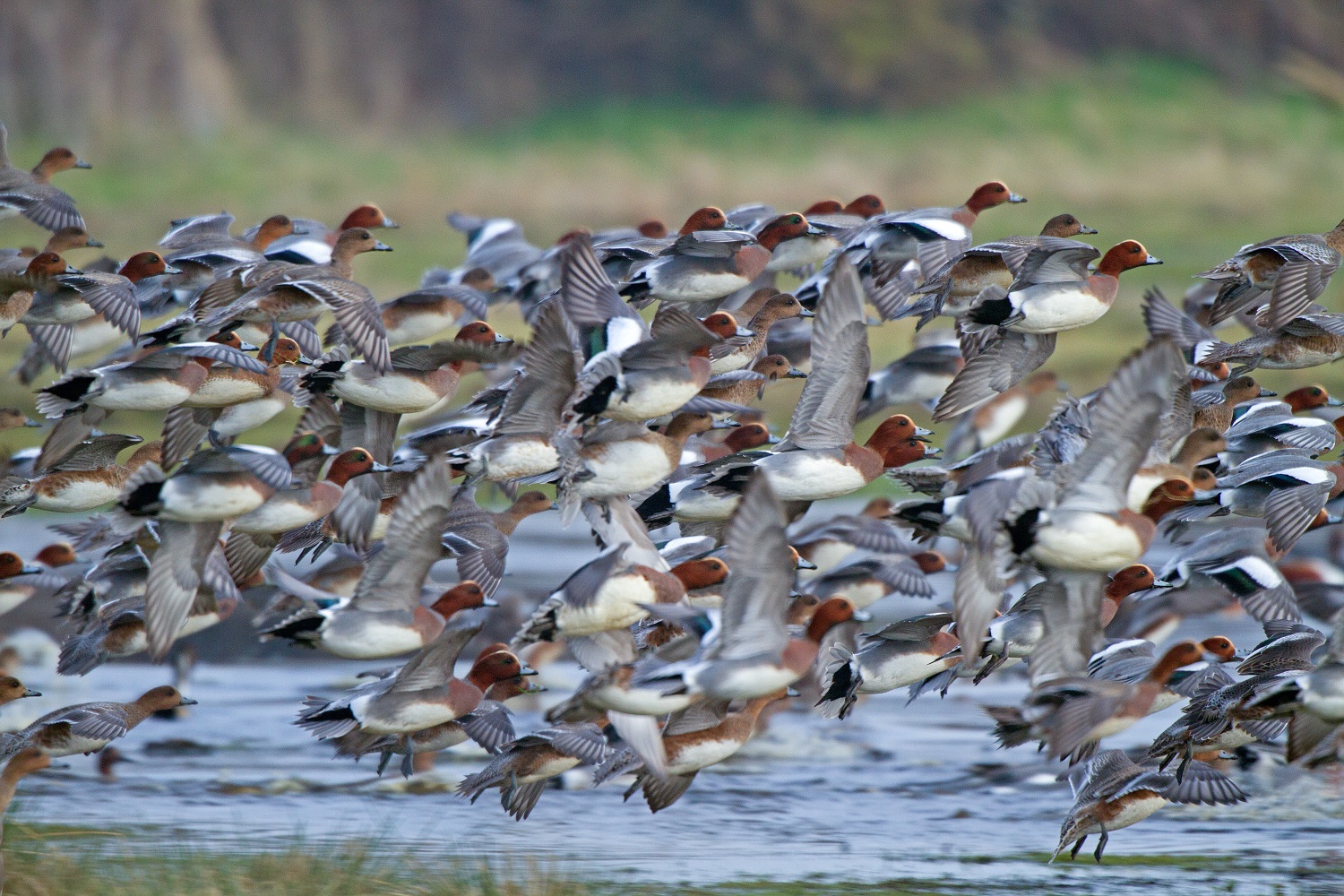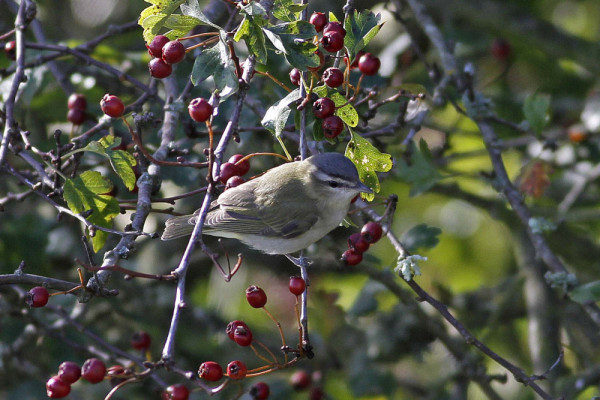
Migration blog (1st – 7th October)
Be the first to commentOctober is for many birdwatchers their favourite month of the year, with a real mix of common migrants, winter visitors and the occasional mega rarity thrown in for good measure.
The last week continued where the previous one left off with a definite underwhelming feeling as migrant birds were thin on the ground and the expected scarcities so familiar for the last week of September very much noticeable by their absence. Yellow-browed Warbler for many signifies the start of autumn proper; historically they arrive in the last week of September, sometimes in fairly large numbers, from the Shetland Isles right down the east coast. This year has seen barely double figures reported although their arrival does seem to have picked up slightly in the last couple of days. It will be interesting to see if there is a huge arrival in the next couple of weeks.
Both House Martin and Swallow were reported in high numbers from southern counties of England during the last last week or so with 13,000 House Martins reported from Sandwich Bay on the 22nd September. Both these species can still hang around until well into October but the majority will now have left and will be heading south for the next 6 months.
Winter visitors continued to arrive with more Pink-footed Geese and Whooper Swans seen in the last week and a scattering of Redwing, Brambling, Lapland Bunting, and Jack Snipe as well as increasing numbers of wildfowl hinting at what is to come. Indeed reports of Teal, Wigeon, Pintail, and Shoveler are above where they should be for the time of year.

Species focus — Leach's Petrel
Leach’s Petrel is one of the most sought after of Britain’s breeding seabirds. With its habit of breeding on remote northern islands, St Kilda holds the largest colonies, and its strictly nocturnal visits to the colonies make it very difficult to connect with during the breeding season.
Birds begin to disperse from their colonies during September and can be driven close inshore by Atlantic storms from mid-September onwards. Leach’s Petrel has a long breeding season, beginning in late May for early breeders and finishing in mid to late October for later breeding individuals, which means birds can be on the move from September through to, and including, December. Any time following a storm in this period is a good time to go in search of Leach’s Petrels with the Wirral, in Cheshire, being amongst the best sites to visit.
During autumn influxes the number of birds involved suggests that birds from the western Atlantic breeding populations are involved. This is supported by the recovery of a nestling that was ringed in Newfoundland and found dead in Spain, and of a bird that was ringed in New Brunswick being found in France.
It has been estimated that there can be between 300,000 and 2 million Leach’s Petrels in the Bay of Biscay during the period between October and January.
The British breeding population is estimated at 48,000 pairs and the largest known colony in the world holds more than 3 million pairs and is situated on Baccelieu Island in eastern Canada.
A real mixed bag of weather over the coming week could see birds arriving from all points of the compass.

Looking ahead
The conditions for the next week look to remain unsettled with the airflow being predominantly from the west. There are coastal storms forecast as at least one low-pressure system, the remains of Hurricane Sam, races across the Atlantic and hits northwest Britain sometime towards the latter half of next week.
In these conditions and at this time of the year the focus will fall on birds from North America and wind-blown seabirds. From North America, Red-eyed Vireo is definitely on the cards, with a chance of birds such as Blackpoll Warbler, Yellow-billed Cuckoo and Buff-bellied Pipit also being found. Amongst the seabirds Sabine’s Gulls, Leach’s Petrels and Grey Phalaropes ought to feature.
As these storms move across the UK the initial winds will be from the west but as they spiral east there will be a short window of north easterlies which should bring more Yellow-browed Warblers, the first flush of Red-flanked Bluetails and the possibility of something much rarer like Pechora Pipit or Siberian Blue Robin.
Of course it won’t be just about the rarer birds – we should also see the first large arrival of Redwings, both from Iceland and Scandinavia. Ring Ouzels should also be on the move accompanied by an early flush of Fieldfares. Pink-footed Geese will continue to arrive along with Whooper Swans as the winds pour out of Iceland during the early part of the week and during the short periods of easterly wing, and Dark-bellied Brent numbers should rise too.







Share this page